They were called mutilés—soldiers whose faces had been destroyed by the war. Some were missing an eye, a nose, or an ear. Some had horrible burns or parts of their jaws blown away by enemy fire.

Repulsed by their own deformed reflections, the former World War I soldiers avoided people and public places. For them, there were no welcome home parades or joyous reunions with loved ones. Many refused even to leave their hospitals. Some committed suicide.
Anna Coleman Ladd, an American sculptor in Boston, Massachusetts, knew she could help these soldiers. With the aid of the American Red Cross, Ladd established the Studio for Portrait Masks in Paris, France, in January 1918. Her hand-painted copper masks allowed the wounded men to feel whole. Their “new faces” gave them the confidence to return to their families, find jobs, and even fall in love and get married.
Ladd was a child when she created her first sculpture out of putty. She was classically trained in Paris and Rome. By 1907, at the age of 29, she was exhibiting her bronze busts and fountains for international audiences.
Bu hikaye Cobblestone American History Magazine for Kids dergisinin May/June 2017 sayısından alınmıştır.
Start your 7-day Magzter GOLD free trial to access thousands of curated premium stories, and 9,000+ magazines and newspapers.
Already a subscriber ? Giriş Yap
Bu hikaye Cobblestone American History Magazine for Kids dergisinin May/June 2017 sayısından alınmıştır.
Start your 7-day Magzter GOLD free trial to access thousands of curated premium stories, and 9,000+ magazines and newspapers.
Already a subscriber? Giriş Yap
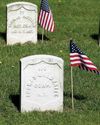
Putting the Pieces Together
Americans needed to begin to put the past behind them, come together, and plan for the future in the spring of 1865. But Abraham Lincoln, the man best equipped to lead them and who had hoped to restore the country as smoothly and peacefully as possible, had been assassinated.
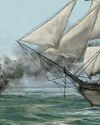
LAST SHOTS
The last Confederate forces in the Civil War didn’t surrender in the spring of 1865 or on a battlefield.
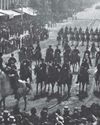
AND IN OTHER 1865 NEWS
A group of African Americans stop at the White House’s annual public reception on January 1, where they shake hands with President Abraham Lincoln.
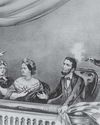
A Plot to Kill President the
For several months, actor John Wilkes Booth’s band of conspirators had plotted to capture President Abraham Lincoln and hold him hostage in exchange for Confederate prisoners.
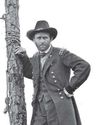
Let the Thing Be Pressed
In June 1864, Union Lieutenant General Ulysses S. Grant began a nearly 10-month campaign in Virginia.
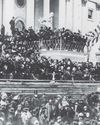
HEALING THE NATION
President Abraham Lincoln took the oath of office for the second time on March 4, 1865.

A Helping Hand
The spring season is hard in any agricultural society. Plants and animals are too small to eat.
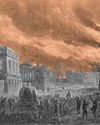
WAR SHERMAN-STYLE
As far as Union Major General William T. Sherman was concerned, the Civil War had gone on long enough.
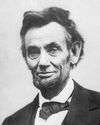
PEACE TALKS
The fall of Fort Fisher made clear that the Confederacy’s days were numbered. Southerners were tired and hungry.
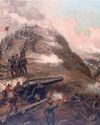
FORT FISHER'S FALL
Outnumbered Confederate soldiers inside Fort Fisher were unable to withstand the approach of Union troops by land and the constant Union naval bombardment from the sea.